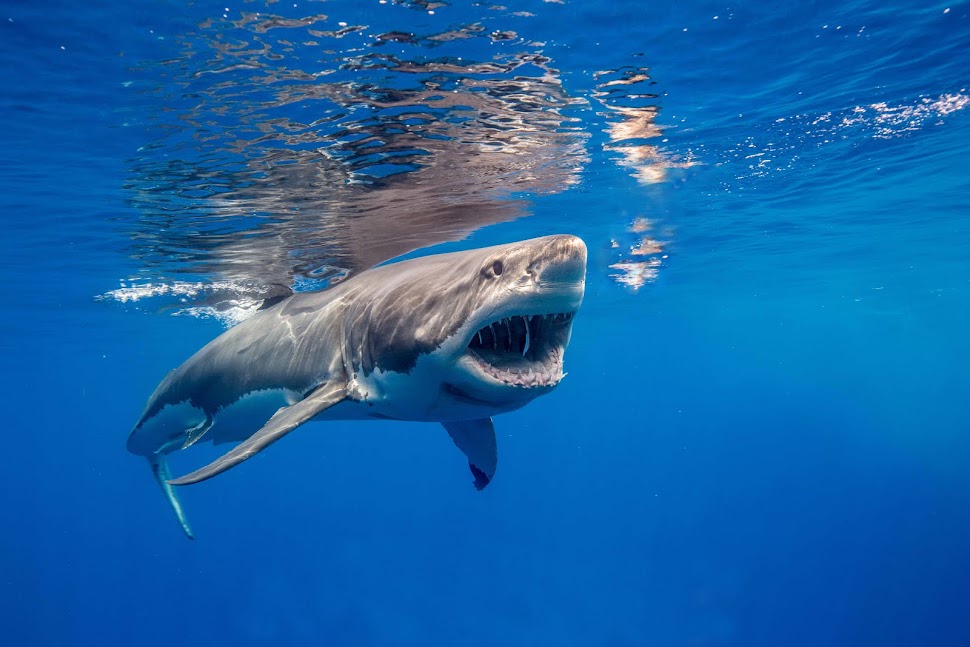 Matava and Bite Me Gamefishing Charters in Fiji are taking a leading role in the international shark conservation efforts, organizing Fiji to become the first country to fully participate in the Shark-Free Marina Initiative (SFMI).
Matava and Bite Me Gamefishing Charters in Fiji are taking a leading role in the international shark conservation efforts, organizing Fiji to become the first country to fully participate in the Shark-Free Marina Initiative (SFMI). The SFMI works with marinas, boaters and fishermen to develop policy designed to protect sharks as a vital component of the oceans health. The SFMI has a singular purpose, to reduce worldwide shark mortality. Working with marinas, fishermen and like minded non-profit groups, the Initiative forms community conscious policy and increase awareness of the need to encourage shark conservation.
Shark Free Marinas work with, not against, the recreational and commercial fishing community, in order to raise awareness of the importance of a healthy shark population for our oceans, and to contribute to their ongoing survival.
Matava, together with partners in Fiji, has helped many marinas and charter fishing boats become SFMI certified, and Fiji now has more certified Shark-Free Marinas than any other country in the world. Stuart Gow, Director of Matava, said that his team has been actively promoting the SFMI, and distributing information about the Initiative, with the long-term goal of making Fiji “the first country to be proud to announce itself as a ‘Shark-Free Marinas’ Country”.
See the map of current Shark-Free Marinas
The majority of shark species caught by recreational and sport anglers are currently listed by the IUCN as “Threatened” (or worse) and each year, half a million of these sharks are killed in the US alone. It is estimated that 70-100 million sharks are killed yearly worldwide.
See IUCN Red List of Threatened Shark Species
About Matava
Matava is an eco adventure getaway in Fiji, offering a unique blend of cultural experiences and adventure activities in the pristine and remote island of Kadavu, Fiji. Matava is a PADI Dive Resort as well as a Project AWARE GoEco Operator, a title awarded to demonstrate a commitment to conservation and provide customers with experiences that enhance visitor awareness, appreciation and understanding of the environment. Matava is also one of the supporters of the Fiji Shark Conservation and Awareness Project, which aims to raise global awareness of their imminent extinction of sharks and the crises facing our oceans.With more than 12 years experience in the Fiji Islands, Matava is recognized as a leading educational dive center. Matava is participating in TIES ecoDestinations project (currently featuring “beaches, marine and coastal ecotourism experience”) as one of the Summer Special 2009 sponsors.















